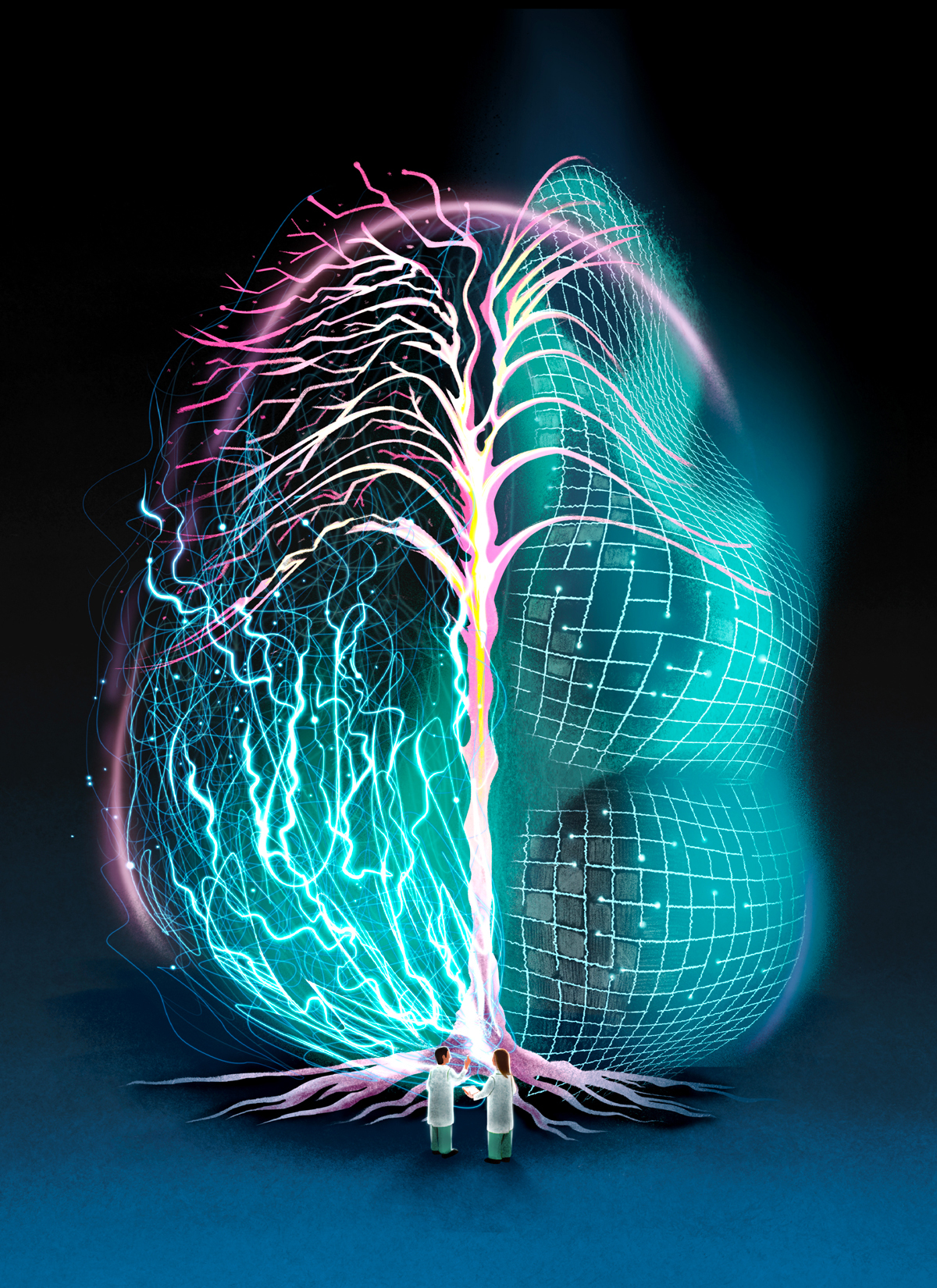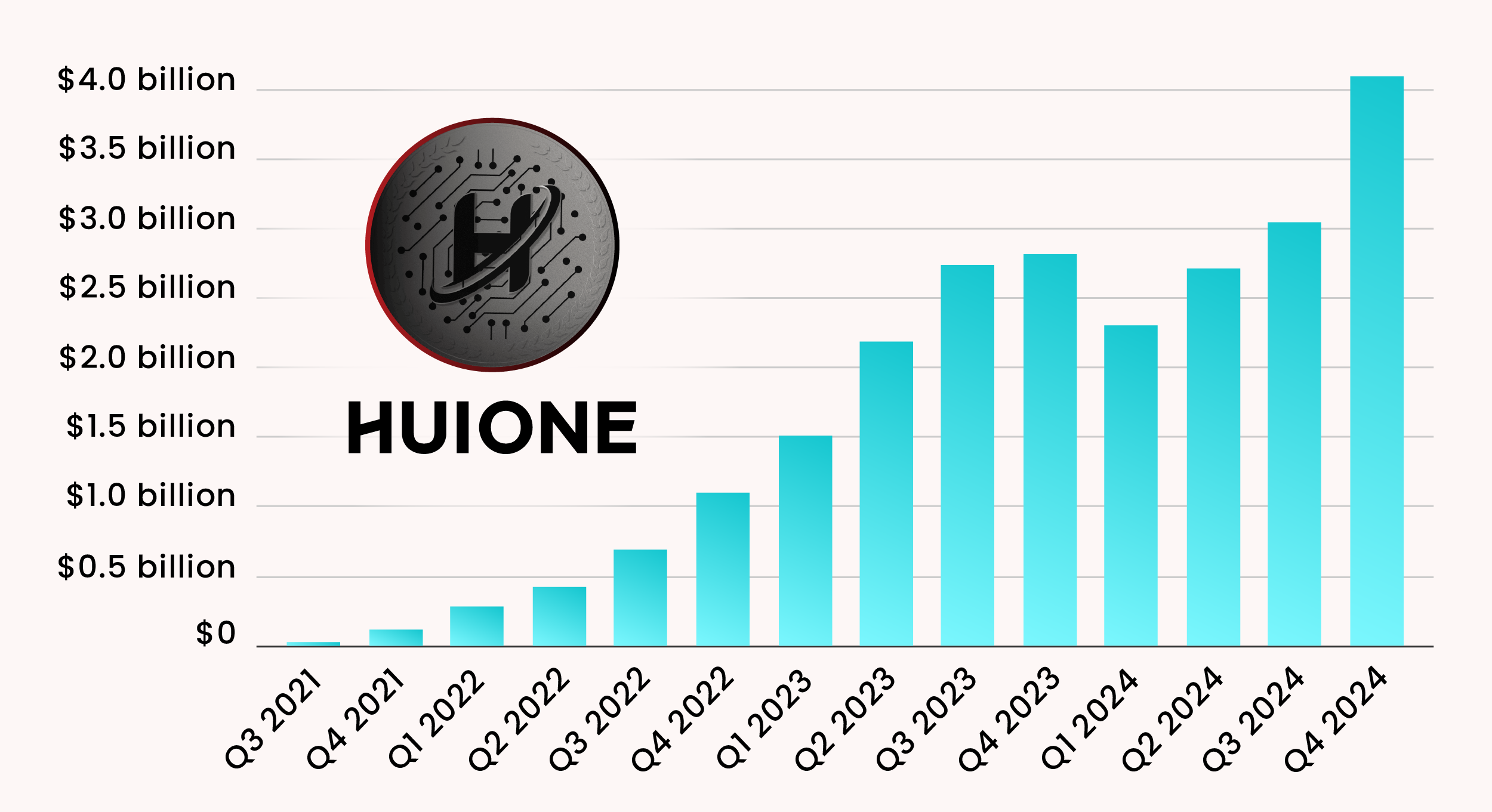
Dysfunction of the magnocellular subdivision of the visual thalamus in developmental dyslexia
Christa Müller-Axt, Louise Kauffmann, Cornelius Eichner, Katharina von Kriegstein, Dysfunction of the magnocellular subdivision of the visual thalamus in developmental dyslexia, Brain, 2024;, awae235, https://doi.org/10.1093/brain/awae235
Developmental dyslexia (DD) is one of the most common learning disorders, affecting millions of children and adults worldwide. To date, scientific research has attempted to explain DD primarily based on pathophysiological alterations in the cerebral cortex. In contrast, several decades ago, pioneering research on five post-mortem human brains suggested that a core characteristic of DD might be morphological alterations in a specific subdivision of the visual thalamus—the magnocellular lateral geniculate nucleus (M-LGN). However, due to considerable technical challenges in investigating LGN subdivisions non-invasively in humans, this finding was never confirmed in vivo, and its relevance for DD pathology remained highly controversial.
Here, we leveraged recent advances in high resolution MRI at high field strength (7 T) to investigate the M-LGN in DD in vivo. Using a case-control design, we acquired data from a large sample of young adults with DD (n = 26; age 28 ± 7 years; 13 females) and matched control participants (n = 28; age 27 ± 6 years; 15 females). Each participant completed a comprehensive diagnostic behavioural test battery and participated in two MRI sessions, including three functional MRI experiments and one structural MRI acquisition. We measured blood oxygen level-dependent responses and longitudinal relaxation rates to compare both groups on LGN subdivision function and myelination. Based on previous research, we hypothesized that the M-LGN is altered in DD and that these alterations are associated with a key DD diagnostic score, i.e. rapid letter and number naming.





















